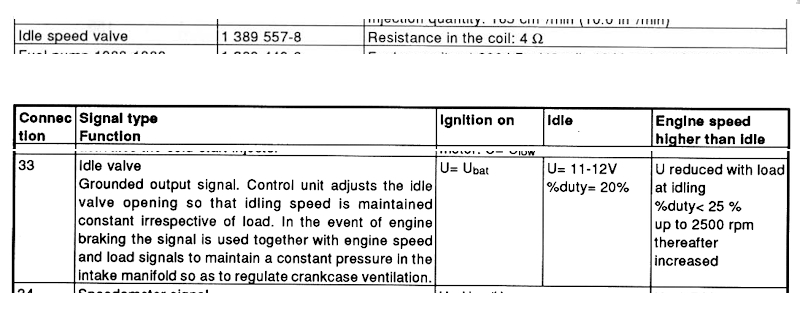84B23F
Well-known member
- Joined
- Feb 11, 2008
- Location
- Kansas, USA
The scalpers are selling used IACs for $200 to $350, and mine shot craps on 1993-940.
Cheap and quick cold weather solution: 93-940
1. Unplug TPS's plug, and IAC's plug.
2. In park with a warmed up engine, set idle to 1,000 RPM via throttle-body's idle set screw.
Nut will have to be backed off, then apply some WD-40 to screw, wait, then turn set screw with small plain screw driver, then tighten nut down. I had to increase RPM. YMMV...depends upon how much air IAC is passing.
In cold weather when starting, foot throttle will have to be applied a pinch to keep engine from stalling. Currently, I'm not sure how much extra air is required for a cold start to keep engine running, but this part, Dorman 600-104, when hooked to an intake vacuum port on one side, might allow enough air to keep engine running after a cold start. Different ways to energize this Actuator Valve
Cheap and quick cold weather solution: 93-940
1. Unplug TPS's plug, and IAC's plug.
2. In park with a warmed up engine, set idle to 1,000 RPM via throttle-body's idle set screw.
Nut will have to be backed off, then apply some WD-40 to screw, wait, then turn set screw with small plain screw driver, then tighten nut down. I had to increase RPM. YMMV...depends upon how much air IAC is passing.
In cold weather when starting, foot throttle will have to be applied a pinch to keep engine from stalling. Currently, I'm not sure how much extra air is required for a cold start to keep engine running, but this part, Dorman 600-104, when hooked to an intake vacuum port on one side, might allow enough air to keep engine running after a cold start. Different ways to energize this Actuator Valve
Last edited:







